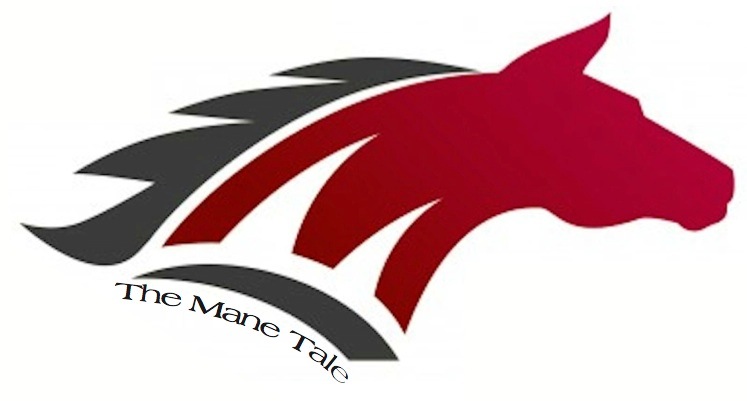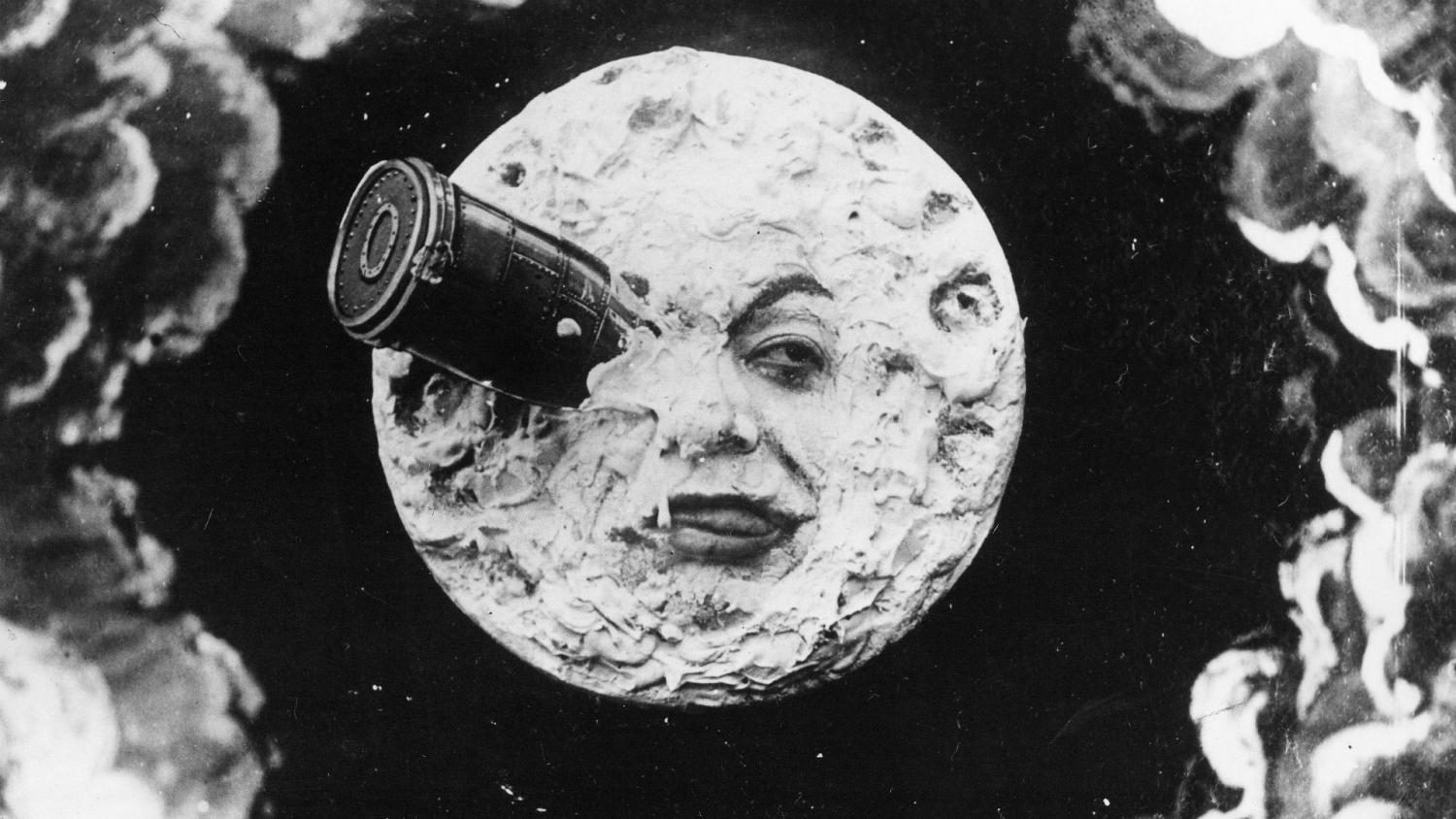A History of Cinema
May 5, 2017
Film as we know it has been around for a little more than a century, but we have make astronomical strides in the capabilities we have when it comes to what we can do in movies. Once upon a time, films were silent, colorless, and had painted sets. Today, we can generate an entire movie on a computer, or we can film people on a constructed set and add effects later in post-production. This year, I have written a column dedicated to reviewing old movies. I have truly seen how cinema is changed in the hundred or so years we have had it.
While not the first film ever made, French filmmaker Georges Melies’s A Trip to the Moon is one of the best-known examples of early cinema. Released in 1902 and only twelve minutes long, it has a simple plot and a happy resolution. The set was hand-painted and the movie without sound or color. Still, it is revered as one of the greatest film of all time due to how complicated production was for the time.
In 1937, the Walt Disney Company premiered their first full-length animated feature, Snow White and the Seven Dwarves, creating the greatest dynasty in filmmaking history, lasting even up to today. Disney debuted his most famous character Mickey Mouse in 1928, and since then, Mickey has become synonymous with childhood wonder and magic. Disney has become one of the world’s most famous and influential companies, acquiring the rights to many other large franchises such as Star Wars and Marvel comics.
Technicolor was developed in 1916 and became the mainstream way of coloring films after numerous improvements to the process. Films like The Wizard of Oz and Gone With the Wind are some of the most famous early uses of Technicolor, which is still in use today. The 2004 film The Aviator included scenes edited with this process. Shots edited with Technicolor are vibrant and bright, which is why many old color films have that look to them.
Computer-generated imagery (CGI) was first used in the 1960’s, but began to see heavy usage in the 1970’s and 1980’s, mostly in science fiction films such as Star Wars and Alien. Jim Henson’s Labyrinth marked the first usage of a computer generated animal in 1986, but 1993’s Jurassic Park marks the first computer-generated photorealistic creatures. In fact, Jurassic Park is known as one of the most realistic uses of CGI in film history.
Disney and Pixar teamed up for the first full-length computer animated feature film in 1995, Toy Story. While a feat for its time, CGI has improved vastly since then. Toy Story also marked the beginning of the partnership between Disney and Pixar, which has hailed some of the more critically acclaimed children’s movies of all time.
From 1902 to 2017, cinema has made tremendous strides and improved drastically. However, the purpose of film has always remained the same: to bring people together, to entertain the masses, and to provoke thought. While not everyone may be as much of a film buff as I am, it’s difficult not to appreciate what cinema represents: the best of humanity, and a true love and appreciation for difference and change.












